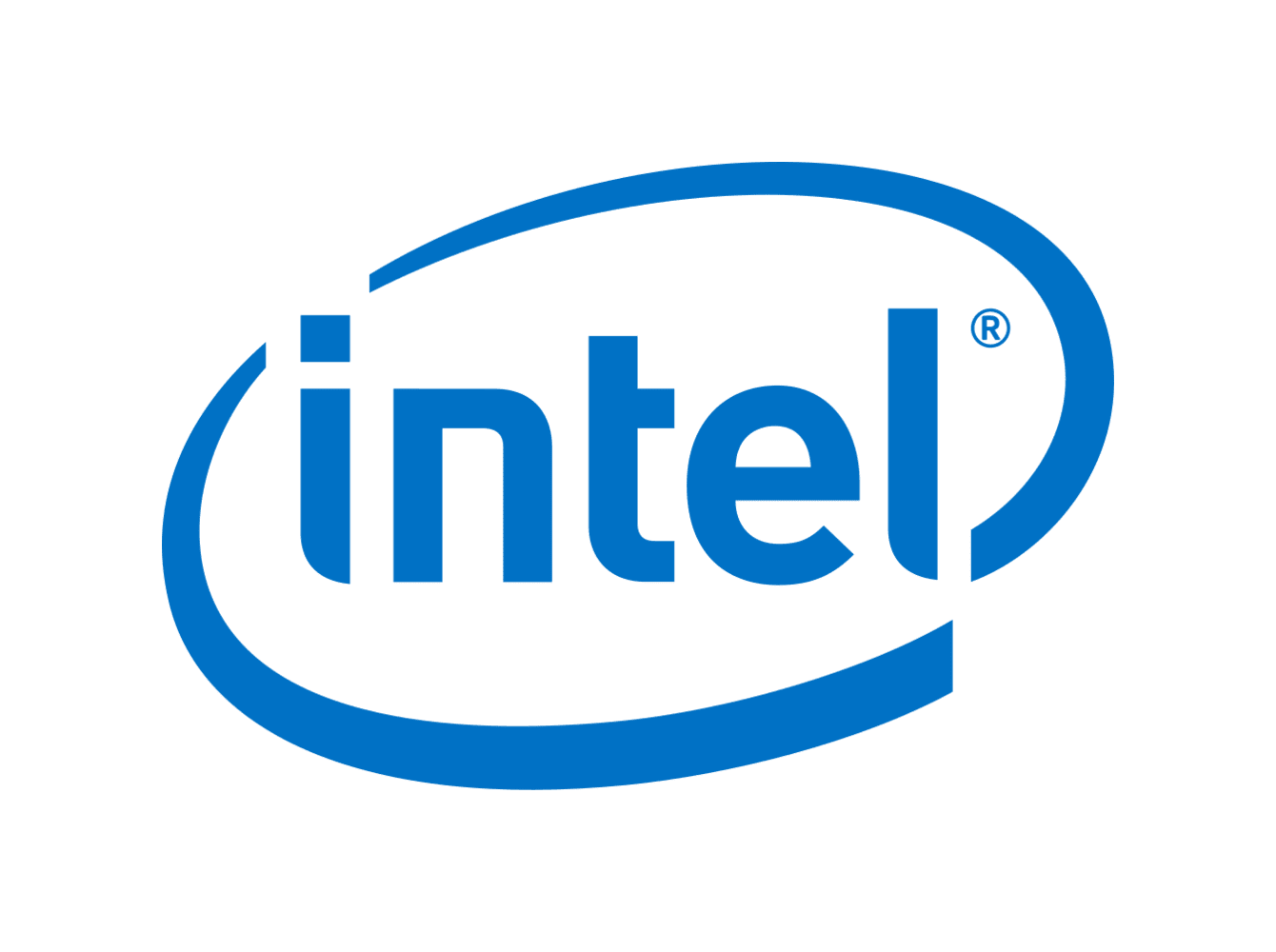

Just join the VMUG. $200 a year and you get full access to a number of products, including ESXi, and you get to use vCenter with it.
Much less hassle than messing with the free stuff. Orbs a great value too.


Just join the VMUG. $200 a year and you get full access to a number of products, including ESXi, and you get to use vCenter with it.
Much less hassle than messing with the free stuff. Orbs a great value too.


Heat can be dealt with better, but it will come at the tradeoffs of thickness and weight. No one wants to carry around a 10 lb laptop plus a big ass power brick. There would probably be more fans spinning at higher speeds, further decreasing battery life.
Not with it, IMO.
Repasting the heat sinks with better thermal grease and the use of external platform fans would probably help more at a lower price without adding bulk to the laptop.


If you have a MicroCenter nearby, they have killer bundles for CPU, mobo and memory for both AMD and Intel.
I see AMD and Intel as more or less equal these days. Both do better in certain tasks than the other, and neither is without its flaws. So I’d spec a few systems from each based on your needs and go with the better priced one.


I have an Ivy laptop that is still doing well. It’s had some upgrades, but surprisingly well for a 2013 machine.


Celerons went socket before the P3 did, and the and were quite competitive with the on-die cache so they had to be crippled with less cache and a lower FSB so as not to cannibalize the much higher prices P3s. Katmai P3s also had the same back side L2 cache that ran at half speed into Coppermine.
Intel sold Coppermine P3s at both 100 and 133 FSB, so putting a Celery at 100 FSB would have made it too performance competitive with the 100 FSB P3s, making people but the cheaper chip.
The 100 FSB Coppermine P3s overclocked very well, with the 700 MHz being the sweet spot. Most people could bump the FSB to 133 to get a 933 MHz chip with little effort right out of the box. I did.
Tualatin Celeries and P3s did even better, thanks to a process shrink to 130nm. The only real difference was the FSB at that point (100 vs 133) as they both had the same L2 cache, except the P3-S which has 512K.
Tualatin Celerons could overclock like crazy. It was my best overclock until Core 2 Duo. Mine got to 150 FSB. We had a competition at work to see who’s system could perform the best, with previously agreed upon benchmarks. My Celery destroyed several Willy P4s, much to the shock and dismay of my co-workers. 😁 The only thing one of them could say was “yeah, well yours is a Celeron. Mine’s a P4 so it’s better.” Of course, if it was so great, I shouldn’t have owned it with a lowly Celery. 😁
The P3 was a damn good design. It’s a shame Intel favored NetBurst for so long instead of developing the P4. I think they would have been more competitive against AMD despite the clock speed wars of the time.
Agreed, leave them all on. It’s not like they suck much resources, and why potentially introduce problems for minimal, if any, gain?